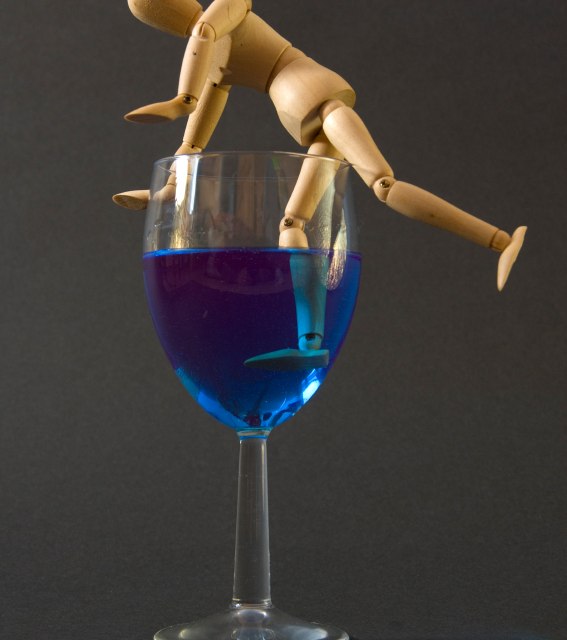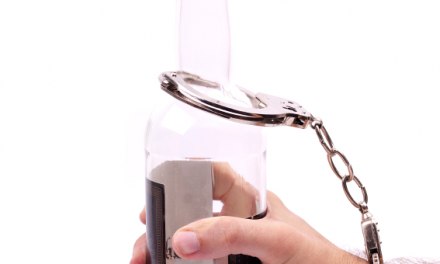Warning: Undefined variable $serie in /home/domains/treatmentandrecoverysystems.com/docs/wp-content/plugins/wp-series-manager/wp-series-manager.php on line 264
We’ve talked about how difficult it is to come up with a single effective approach to addictions, and that’s exemplified by the various models that exist. We encountered the concept of modeling disease originally some years ago, in a fascinating book, Models of Madness, Models of Medicine, by Siegler & Osmonds. The authors described a number of models, each of which included a description of the problem; an explanation of probable cause(s); a proposed remedy, treatment, or intervention; and a likely outcome. Things have changed somewhat in the intervening decades, but modeling is still valuable. By examining the models through which people view addiction, it’s possible to gain better perspective on society’s reaction to a phenomenon that after all has been around for thousands of years.
As we proceed through the models, we should note that some are ‘grass roots’ in origin, meaning they spring not from expert opinion but from a consensus of ordinary folks who developed certain attitudes and beliefs through their experience with drinking and drug problems. Grass-roots models are less consistent than formal theories but may be quite influential in our everyday lives — in many cases, far more influential than their academic counterparts.
So let’s move on. The first model — the Impaired — is perhaps the oldest of them all.
The Impaired model: “real change is not possible”
As noted, this is the most enduring of the models, and even in modern times remains disturbingly popular. That’s because it matches the experience of so many people who’ve been involved with someone who despite their efforts, never managed to achieve a semblance of stable recovery. This experience led them to conclude that it was because the alcoholic or addict can’t recover.
In this view, chronic alcohol and drug problems are seen as the result of an unidentified, irreparable impairment of nature — be it character, physiology, what have you. Whatever the reason, the flaw is uncorrectable and permanent.
That belief eliminates the need for treatment — what good would it do? Society’s role becomes minimal, mostly caretaking for the very ill. There’s no real societal effort to convince the user to give up drinking or drugs because, after all, it’s not going to work, is it?
Prognosis: death. Once an addict, always an addict. Hospitalization or incarceration might interrupt fate, but only temporarily.
There is great emotional power in this viewpoint, for several reasons. First, its inherent simplicity. No use struggling to rescue the addict. Maybe some of us wonder whether there’s something else we could have done to intervene with a loved one; that’s to be seen as futile. The outcome was predestined.
An illustration: I received a call from a physician about a patient of his who was lying very ill in the hospital. He was hoping I could visit her bedside and attempt to enroll her in rehab. I called her husband for cooperation and was startled by the vehemence of his refusal. “You leave my wife alone!” he shouted at me over the telephone. “She wants to die, and you have no right to interfere!” When he calmed down a little I learned that both his father and favorite aunt had died of alcoholism and he’d vowed never to ‘make the same mistake’. “Drinking like that is a death wish,” he explained. “Nothing can stop her.”
I phoned the doctor with the bad news. “I was afraid of that,” he sighed.
“Is he just trying to get rid of her?” I asked.
“No, no. He’s convinced he’s right and we’re wrong. And he’ll sue me if we try to prove otherwise.”
This article is part of a series “Models of Alcoholism and Drug Addiction.” Other articles will explore other models. Part Two will be on the Medical Model.
These are posts belonging to the same serie:














Trackbacks/Pingbacks